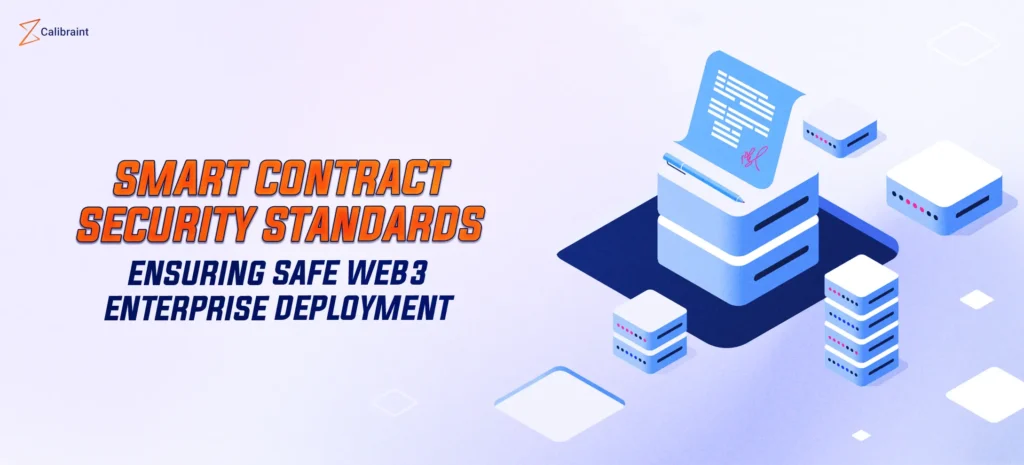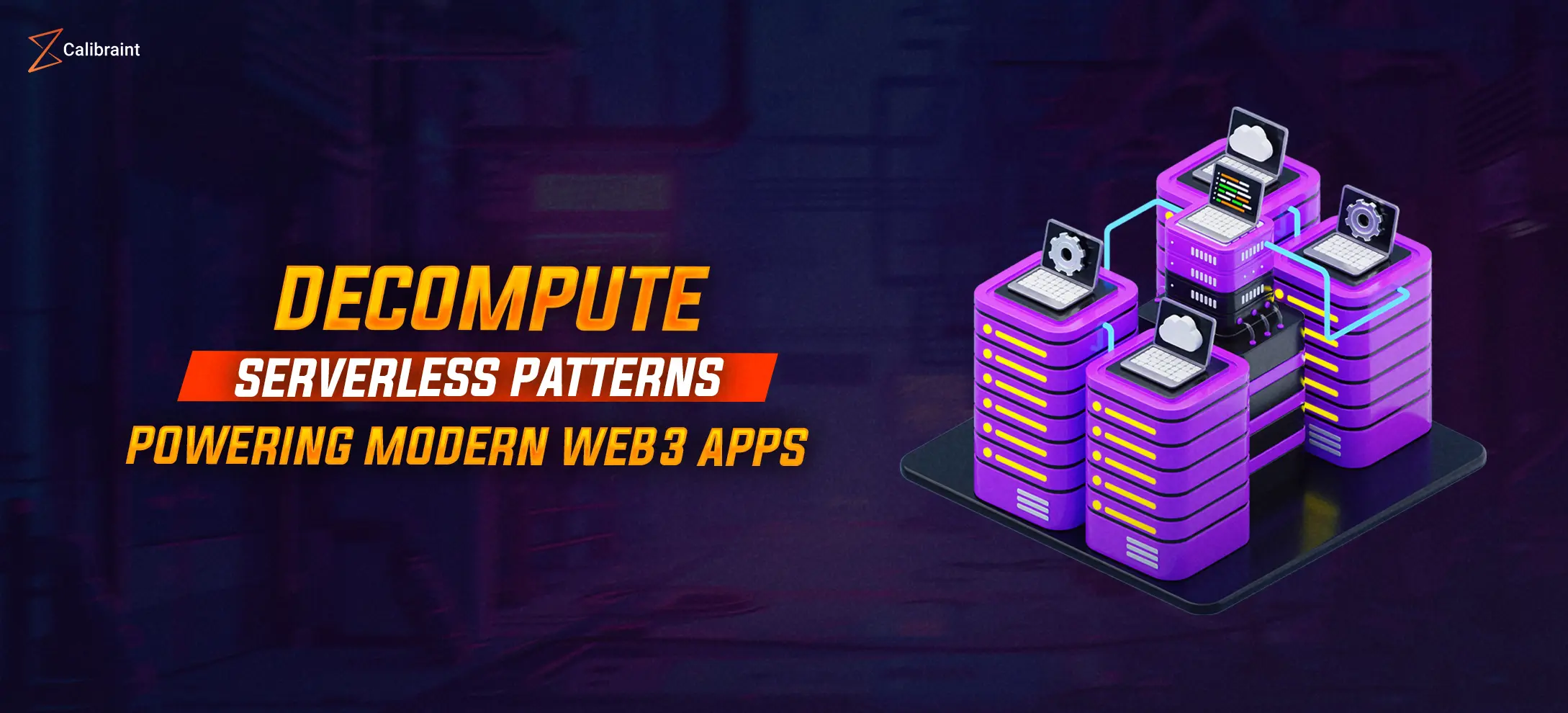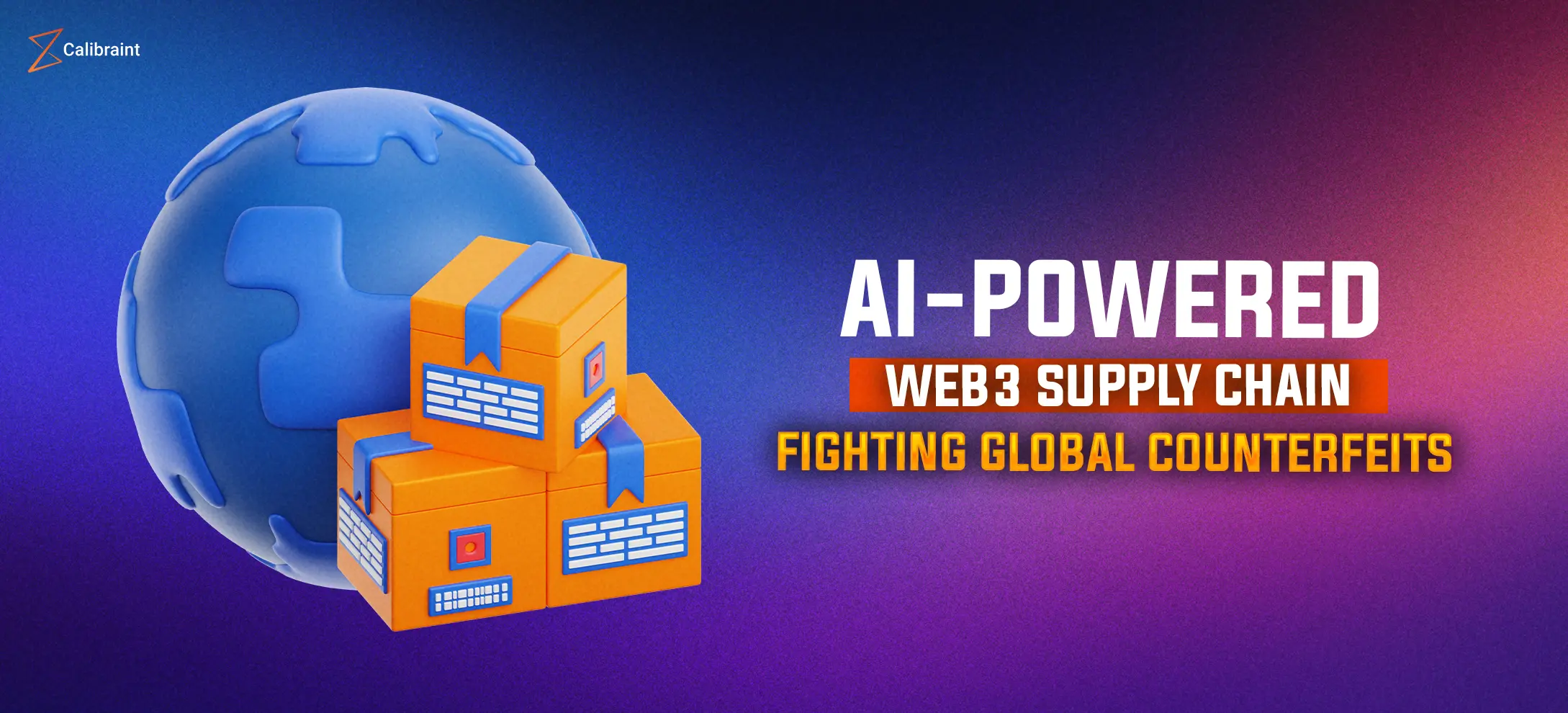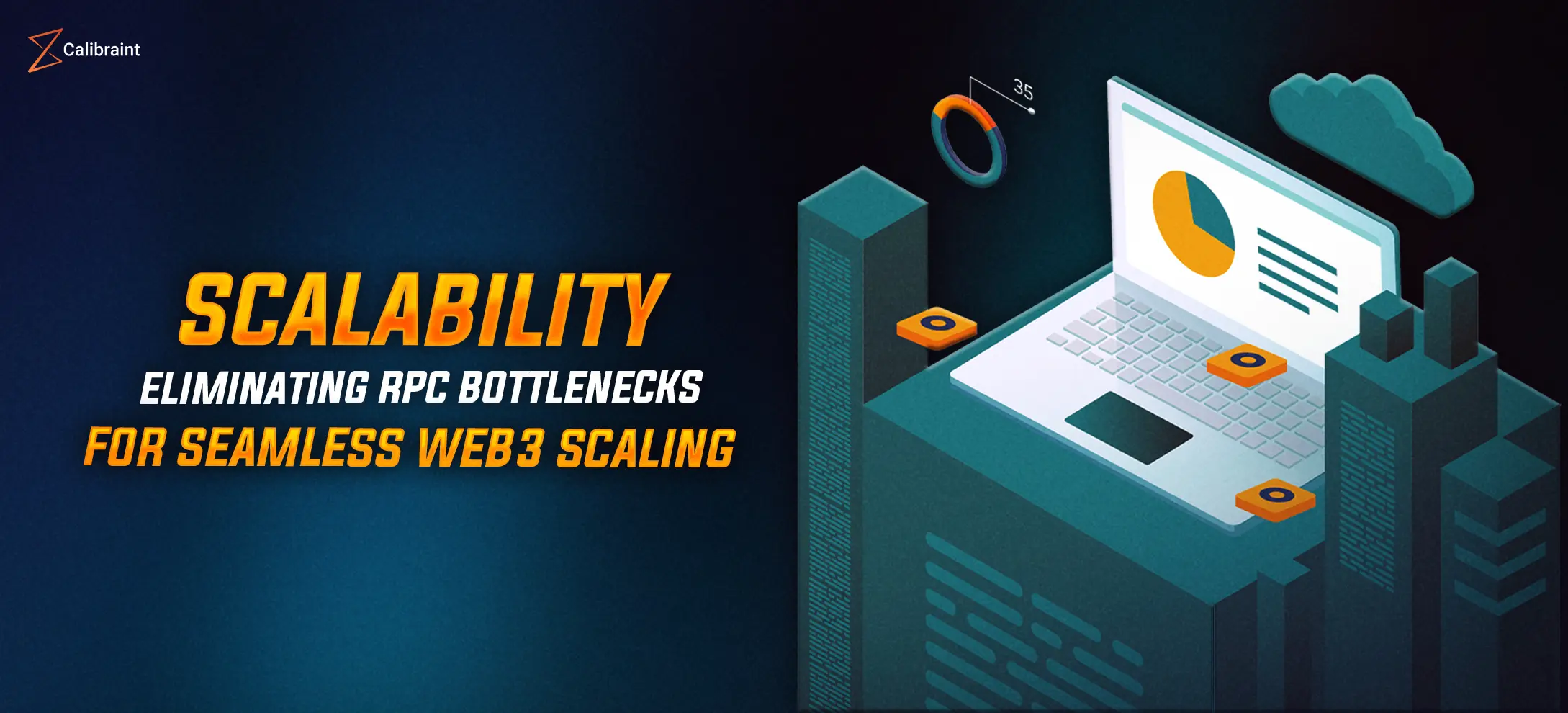Smart Contract Security Standards for Web3 Enterprise Deployment

Introduction
You’re almost certainly aware that deploying smart contracts in an enterprise context involves significant risk. And you also know this: without rigorous controls in place, a misstep can cost millions, damage your brand, and undermine strategic credibility.
According to Chainalysis, over $2.2 billion was stolen from crypto platforms in 2024, while the QuillAudits Half-Yearly Web3 Security Report 2024 revealed $1.43 billion in losses from smart contract vulnerabilities and exploits. Similarly, Hacken’s 2024 Enterprise Blockchain Security Report estimated total Web3 exploit losses at $2.9 billion, highlighting that even enterprise-level protocols are not immune. These statistics reinforce that the consequences of weak or absent Smart Contract Security Standards can be catastrophic for enterprises.
In this article, we’ll explore how Smart Contract Security Standards can help enterprises protect blockchain assets, ensure Web3 Security Compliance, and minimize operational risk. You’ll also understand how partnering with a reliable Smart Contract Audit Enterprise can accelerate deployment while safeguarding your blockchain ecosystem.
By the end, you’ll have a strategic blueprint for deploying secure, compliant, and scalable smart contracts across enterprise blockchain environments.
Why Smart Contract Security Standards Matter in Enterprise Blockchain
When your organization ventures into Enterprise Blockchain Security, it’s no longer a pilot project, it’s a strategic platform involving high-value assets, compliance, and cross-functional teams. Adopting comprehensive Smart Contract Security Standards becomes non-negotiable.
Recent studies show that the global Smart Contract Audit Enterprise market could reach $3.7 billion by 2025, illustrating how enterprises are investing in blockchain safety. This rise signals both increasing adoption and a growing awareness of vulnerabilities in smart contract deployment.
In the first half of 2025 alone, flawed smart contracts caused over $263 million in damages. These incidents reveal gaps not only in code but also in governance and Smart Contract Deployment Security. Even more concerning, 70% of these contracts had already undergone audits showing that audits alone aren’t enough without robust standards guiding post-deployment monitoring and Web3 Security Compliance.
Enterprise Imperatives
For modern enterprises, Enterprise Blockchain Security is no longer about experimentation, it’s about governance, compliance, and trust. A single contract failure can trigger legal, regulatory, and reputational consequences across partner ecosystems and customer networks.
Moreover, the interconnectedness of enterprise systems increases exposure. When smart contracts interact with legacy systems or third-party APIs, Smart Contract Deployment Security must be reinforced through layered controls. This ensures resilience against evolving threats while maintaining Web3 Security Compliance across regions and jurisdictions.
Because smart contracts are immutable, once deployed, they can’t easily be modified. That’s why adherence to Smart Contract Security Standards ensures every contract meets the highest bar for integrity, scalability, and operational safety.
Core Pillars of Smart Contract Security Standards
A comprehensive smart contract security standards framework for enterprises must go far beyond a simple code review. It must integrate governance, engineering discipline, and continuous oversight across every stage of the lifecycle. Below are the five foundational pillars that define a truly enterprise-grade security approach.
1. Governance & Risk Framework
Security starts with accountability. Every enterprise blockchain initiative must establish clear ownership and governance around smart contract risks.
- Define ownership: Identify accountable roles such as the CISO, Head of Blockchain Engineering, and Legal Counsel to ensure end-to-end risk visibility.
- Establish a risk taxonomy: Categorize potential exposures including access control flaws, logic vulnerabilities, oracle dependencies, and upgrade risks to prioritize mitigations effectively.
- Integrate security in procurement: Embed smart contract security requirements into vendor selection, audit contracts, and third-party engagements.
- Ensure traceability: Maintain audit trails, version control, and documentation for every contract iteration to support compliance and post-deployment forensics.
This pillar ensures smart contract governance aligns with enterprise risk and compliance mandates, setting the foundation for trust and accountability.
2. Secure Smart Contract Design & Development
Security must be engineered into the design, not retrofitted post-deployment.
- Adopt secure frameworks and libraries: Leverage audited token standards, vetted proxies, and established SDKs to reduce exposure to untested components.
- Architect for upgradeability and key management: Define controlled upgrade mechanisms, multi-signature governance, and secure key rotation policies.
- Follow a standardized audit checklist: Evaluate logic integrity, access control hierarchies, external calls, proxy patterns, and reentrancy risks at each development milestone.
- Design for interoperability and future change: Anticipate interactions with oracles, bridges, and cross-chain assets ensuring resilience against evolving dependencies.
By embedding security into the engineering lifecycle, enterprises can prevent vulnerabilities long before deployment.
3. Audit, Verification & Testing
Verification is where engineering meets accountability. Enterprise-grade assurance requires a blend of automated tools and expert human oversight.
- Use advanced automated scanners: Tools like Slither, MythX, Echidna, or Foundry help detect common vulnerability classes.
- Conduct manual expert reviews: Human-led audits uncover nuanced logic flaws that automation often misses.
- Implement formal or semi-formal verification: For high-value or mission-critical contracts, mathematical proofs can validate correctness and safety.
- Perform fuzzing and scenario testing: Simulate stress conditions, worst-case scenarios, and edge-case behaviors to validate system robustness.
- Ensure audit transparency: Publish clear audit reports mapping risk levels, remediation steps, and verification status essential for stakeholder trust and regulatory compliance.
A well-structured audit program establishes both internal assurance and external credibility.
4. Deployment & Operational Controls
The most secure code can fail under poor deployment governance. Enterprises must treat deployment as a controlled and monitored event, not a one-time execution.
- Govern deployment actions: Use multi-signature wallets, time-locks, and access control protocols to prevent unauthorized upgrades.
- Enable real-time monitoring: Track on-chain activity, abnormal transaction patterns, and upgrade events through automated alerting systems.
- Implement incident response: Establish bug bounty programs and post-deployment remediation workflows as part of ongoing assurance.
- Ensure regulatory compliance: Validate that all smart contracts align with GDPR, KYC/AML, and token issuance regulations, forming a compliant Web3 security posture.
Operational controls safeguard against governance lapses, insider threats, and compliance risks in live blockchain environments.
5. Continuous Assurance & Lifecycle Management
Smart contract security doesn’t end at launch, it’s a living process.
- Perform periodic re-audits: Reassess contracts after every major update or integration to detect new vulnerabilities.
- Monitor evolving threat vectors: Continuously assess changes in protocol dependencies, DeFi integrations, and Layer-2 bridge risks.
- Enable secure patching: Utilize upgradeable architectures or proxy mechanisms to address vulnerabilities without disrupting service continuity.
- Foster a culture of blockchain security: Conduct regular training, policy enforcement, and developer upskilling to institutionalize best practices.
- Maintain traceability: Keep a comprehensive record of version logs, code changes, approvals, and stakeholder sign-offs for complete lifecycle visibility.
Continuous assurance transforms smart contract management from a one-time security exercise into a sustained governance discipline.
The Reality Gap: Why Many Enterprises Fail Their Smart Contract Security Standards
Despite the abundance of frameworks, audit checklists, and compliance certifications, many enterprises continue to face security breaches in their smart contract ecosystems. The issue isn’t the absence of standards, it’s the gap between adoption and execution. Below are the critical areas where most organizations stumble.
1. Treating Audits as a Checkbox Exercise
Security audits are often mistaken for the final destination rather than an ongoing process.
Research reveals that nearly 90% of exploited smart contracts had already undergone an audit. This statistic underscores a key flaw, enterprises view audits as compliance milestones, not as components of continuous assurance. True security demands post-audit monitoring, remediation cycles, and governance oversight beyond the audit report.
2. Underestimating Composability and External Dependencies
Enterprise-grade smart contracts don’t exist in isolation. They interact with off-chain oracles, third-party protocols, decentralized exchanges, and cross-chain bridges.
Each integration introduces new threat vectors, oracle manipulation, bridge exploits, or composability bugs, yet most enterprise standards still focus narrowly on internal code integrity. Security frameworks must evolve to evaluate interconnected contract ecosystems, not just individual components.
3. Skills and Tooling Deficiencies
Blockchain security remains a specialized field with a shallow global talent pool.
Even within mature enterprises, teams continue to repeat foundational errors such as reentrancy vulnerabilities, improper access controls, and unsafe external call handling.
Without dedicated blockchain security engineers or trusted external partners, organizations risk deploying contracts that technically “pass” audits but fail to meet the true intent of security standards. Building internal capability or forming long-term partnerships with security specialists is no longer optional, it’s essential.
4. Governance and Accountability Gaps
Technical validation alone cannot secure a decentralized system if governance is weak.
Enterprises often overlook critical governance questions: Who authorizes upgrades? Who controls admin keys? How are emergency interventions executed?
In many cases, these controls are either centralized or undefined, undermining the security of even the most rigorously audited contracts. A mature standard must embed role-based accountability, upgrade governance, and operational sign-offs as core elements, not as afterthoughts appended to DevOps pipelines.
Benchmarking Competitor Approaches: What Leading Enterprises Are Doing
It’s useful to see how leading firms or industries are treating smart contract security standards to benchmark your internal posture.
Financial services firms
Banks or fintech firms deploying tokenisation or blockchain networks often require:
- Internal security review by their enterprise risk team prior to smart contract deployment
- Multi-vendor audits: they don’t rely on one audit firm but get simultaneous reviews and comparative analyses
- Post-deployment monitoring contracts embedded into SLAs
Public-blockchain infrastructure providers
Companies building Layer 2 networks or bridge protocols treat “upgradeability + cross-chain security” as primary risk. Their standards emphasise:
- Formal verification of core modules
- Bug-bounty programs up to high-severity payouts
- Transparent public audit reports to build trust
Emerging Web3 platforms
Startups get a lot wrong, but high-growth ones are adopting enterprise standards early:
- Secure contract templates (to avoid “from-scratch” vulnerabilities)
- Continuous security (automated scans + manual reviews + post-deployment traps)
- Compliance embedded (token classification, KYC/AML, contract logic aligned to legal)
By aligning your internal smart contract security standards with or ahead of these benchmark behaviours you gain competitive advantage faster, safer, lower cost of remediation.
Strategic Framework: Deploying Smart Contract Security Standards in Your Organisation
Here’s a step-by-step guide to operationalise standards in an enterprise context:
Establishing enterprise-wide smart contract security standards requires more than technical controls, it demands strategic alignment, disciplined execution, and measurable accountability. Below is a structured roadmap to operationalize these standards across your organization.
Step 1: Define an Enterprise-Grade Security Policy
Start with a clear foundation: a Smart Contract Security Policy that formalizes governance, development protocols, audit requirements, deployment procedures, and ongoing monitoring.
- Assign clear leadership: Designate a senior sponsor typically the Head of Blockchain or Chief Information Security Officer (CISO) to drive adoption and oversight.
- Map cross-functional ownership: Involve Legal, Risk, Compliance, DevOps, and Blockchain Engineering teams to ensure end-to-end accountability.
- Embed governance from the start: The policy should define escalation procedures, audit trails, and approval workflows for upgrades, deployments, and incident handling.
This policy becomes the single source of truth for how smart contract security is managed across the enterprise.
Step 2: Develop Standard Operating Procedures (SOPs)
Transform your policy into actionable steps by building SOPs for every stage of the contract lifecycle.
- Pre-development: Establish a design review checklist, conduct threat modeling, and perform logic validation before coding begins.
- During development: Enforce continuous security scanning, version control policies, and library usage guidelines to maintain code integrity.
- Pre-deployment: Define audit processes, governance approval gates, testnet deployment validation, and bug bounty launches.
- Deployment: Apply multi-signature wallet governance, time-lock mechanisms, and upgrade protocols to reduce risk during activation.
- Post-deployment: Implement real-time monitoring, incident response workflows, and scheduled re-audits to maintain continuous assurance.
These SOPs create consistency, enforce discipline, and ensure every contract follows a verifiable security lifecycle.
Step 3: Select Trusted Audit and Development Partners
The quality of your smart contract security depends heavily on the expertise of your external partners. When evaluating service providers:
- Assess proven track records: Look for evidence of real vulnerability discoveries, not just stylistic code improvements.
- Validate domain expertise: Ensure familiarity with your specific use case, whether tokenization, enterprise supply chains, or cross-chain bridges.
- Check for continuous security practices: A credible partner goes beyond one-time audits, offering ongoing monitoring, patching, and compliance validation.
- Prioritize regulatory alignment: The best partners integrate KYC/AML, data privacy, and jurisdictional compliance reviews into their audit approach.
A strategic partner relationship ensures your enterprise maintains a proactive rather than reactive security posture.
Step 4: Integrate Security into Your Project Roadmap
Security should be a deliverable, not an afterthought. Integrate key tasks directly into your project timeline.
- Include security deliverables: Add threat modeling, audits, and monitoring instrumentation as mandatory milestones.
- Allocate realistic budgets: Treat audits as preventive investments studies show vulnerabilities cost 10× more to fix post-deployment compared to addressing them during development.
- Upskill your teams: Conduct cross-functional training for developers, DevOps, and legal teams to ensure shared understanding of smart contract risks.
Embedding security within your delivery roadmap reinforces accountability and reduces long-term remediation costs.
Step 5: Monitor, Measure, and Evolve
Smart contract security is a continuous journey, not a one-time initiative. Establish mechanisms for ongoing measurement and improvement.
- Track operational metrics: Monitor the number of vulnerabilities detected pre-deployment, average time to remediation, and post-deployment incidents.
- Evaluate emerging risks: Reassess your framework regularly for new threats such as cross-chain exploits, oracle manipulation, and MEV front-running.
- Continuously update standards: Incorporate lessons from internal incidents, audit findings, and industry intelligence into your evolving policy framework.
Through iterative monitoring and refinement, your organization transforms smart contract security into a living governance process that evolves alongside technology and regulation.
Smart Contract Security Standards in Practice: Key Considerations
1. Vulnerability Taxonomy: Knowing Where Risks Reside
A robust security standard begins with a shared understanding of where vulnerabilities typically occur. By mapping risks to known categories, enterprises can prioritize mitigations with precision.
- Access Control Flaws: Still among the most exploited vulnerabilities, often resulting from improper role assignments or unchecked administrative privileges.
- Logic and Business Logic Errors: Automated tools rarely catch nuanced business-rule failures that can lead to major financial losses, human validation is critical.
- External Calls and Composability Risks: Modern enterprise deployments often depend on oracles, APIs, and cross-chain bridges. Each dependency introduces complex attack surfaces and cascading risks.
- Upgrade and Governance Patterns: Proxy-based architectures and delegate calls enhance flexibility but, when under-documented or misconfigured, open pathways for privilege escalation and unintended control shifts.
- Gas Optimization and Cost Efficiency: Inefficient code or uncontrolled transaction costs can undermine enterprise cost governance, especially in large-scale deployments.
A well-defined vulnerability taxonomy allows for consistent threat modeling, targeted testing, and informed risk reporting across projects.
2. Compliance Overlay: Aligning Security with Regulation
Smart contracts may run on decentralized infrastructure, but enterprises remain bound by centralized regulatory expectations. Integrating compliance into your security framework ensures both technical and legal defensibility.
- Token Classification: Clearly define whether issued tokens qualify as securities or utilities, aligning with regional financial regulations.
- Data Privacy Obligations: Smart contracts are immutable, but data handling processes surrounding user inputs must comply with GDPR, CCPA, and equivalent privacy laws.
- KYC/AML Enforcement: For tokenized assets or identity-linked contracts, enforce on-chain identity verification and transaction monitoring mechanisms.
- Corporate Governance: Maintain evidence of audit logs, vendor security assessments, and incident disclosure protocols to satisfy internal and external audits.
By embedding compliance within technical design, organizations ensure that regulatory integrity evolves alongside blockchain innovation.
3. Vendor and Service Partner Scope: Building Secure Ecosystem Partnerships
The security posture of your enterprise blockchain initiative is only as strong as its partners. When engaging a smart contract development or audit service, ensure the scope extends well beyond coding.
- Secure Design and Architecture Alignment: Confirm that all design principles and architecture decisions adhere to your internal enterprise security standard.
- Component Transparency: Require a Bill of Materials (BoM) listing all libraries, frameworks, and dependencies, along with their audit or verification status.
- Comprehensive Audit Strategy: Mandate a blended approach automated scanning, manual code review, and formal verification where appropriate.
- Deployment Governance: Define controls for wallet management, multi-sig approvals, upgrade mechanisms, and rollback procedures to prevent unauthorized changes.
- Post-Deployment Oversight: Insist on ongoing monitoring, incident-response support, and re-audit commitments as part of the service lifecycle.
Selecting a vendor who treats smart contract security standards as a baseline requirement not an optional deliverable significantly strengthens your strategic security position and reinforces enterprise trust.
Why Your Enterprise Should Move Now
Delaying the adoption of rigorous standards increases risk and cost. Some compelling reasons:
- The Web3 ecosystem continues to grow rapidly: enterprises are allocating more budget and launching more blockchain initiatives.
- Attackers are more sophisticated, and smart contract failures increasingly mean enterprise-scale loss.
- Regulatory/regime-shifts: regulators are beginning to treat blockchain-security lapses as material risks.
- Competitive advantage: enterprises that can deploy faster and safely gain first-mover advantage while maintaining trust.
- The cost of remediation after deployment is significantly higher than building in security up front.
Conclusion
In deploying smart contracts for enterprise use, the difference between success and failure often comes down to how well your organization has adopted and operationalized Smart Contract Security Standards. From governance and development to audit, deployment, and monitoring, every stage matters.
Traditional audit-only models are no longer sufficient. As we’ve seen, even audited contracts are being exploited. The standard must evolve to integrate logic review, composability concerns, upgrade governance, continuous monitoring, and compliance overlays.
If you’d like to accelerate this within your organization, consider engaging a trusted smart contract development partner who lives and breathes these standards. Calibraint, with its deep expertise in enterprise-grade blockchain solutions and smart contract audits, helps global businesses implement secure, compliant, and scalable Web3 systems.
At this stage, enterprise blockchain teams don’t just need code, they need assurance. They need process. They need trust. By embedding these standards now, and partnering with experts like Calibraint, you position your enterprise to leverage the full potential of Web3 while managing risk and preserving strategic credibility.



























